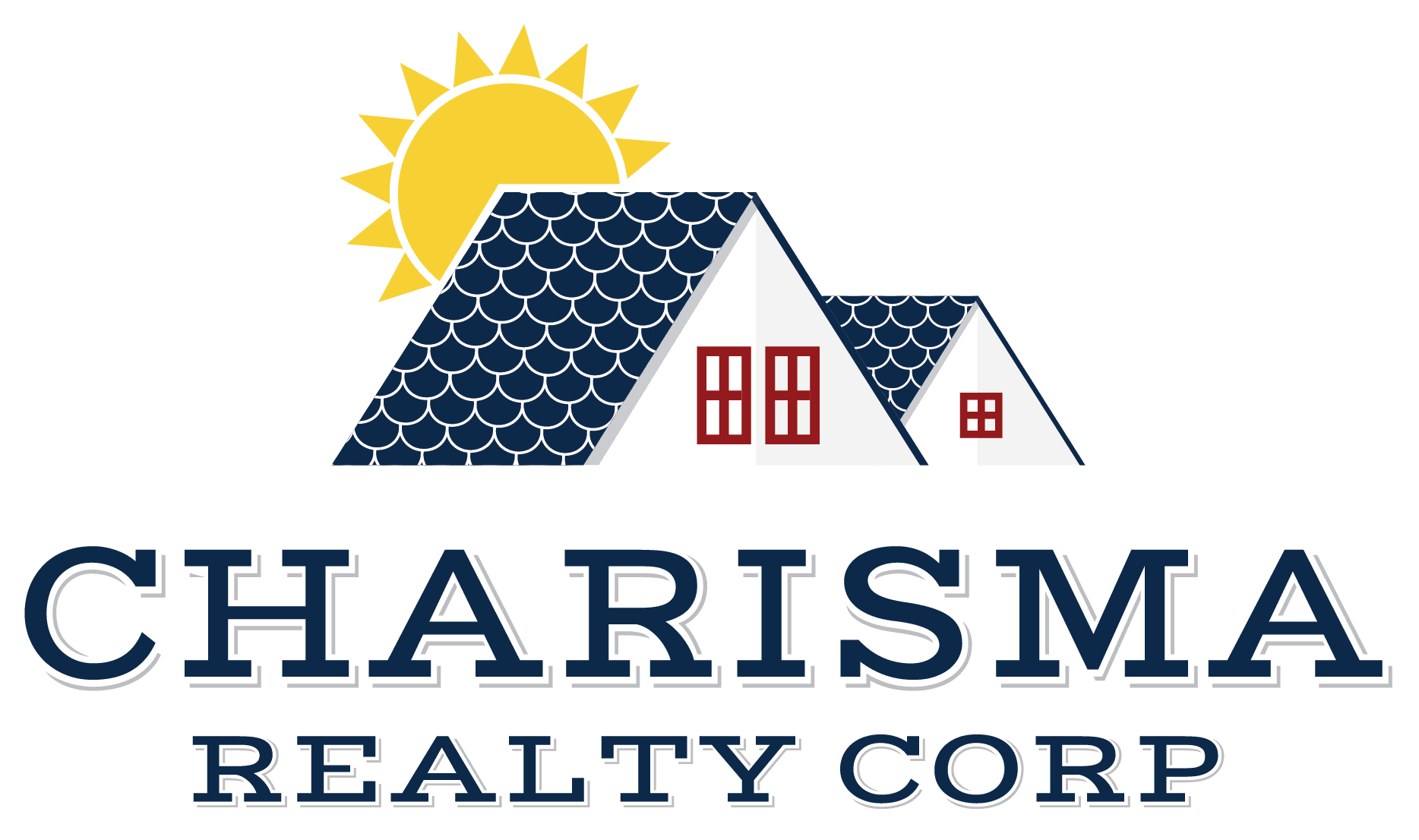Interview Your Lender
When searching for money to loan for your new home, it is a good idea to start interviewing your lender or mortgage broker to make sure that you have picked the right one. There are thousands of options out there. The wrong choice could cost not only your time, but money, and the home of your dreams. You want to be sure that your lender is well-experienced in the entire loan process.
Product
Picking your lender is a vital part of the process. Each lender has a different set of products they offer. There are many guidelines that lenders must follow. The lender will review your information and do their best to match you with the product that they feel is best for you. But, you have a job to make sure that you are getting the best possible deal. To understand if you are getting the best rate, understand the terms. Once you learn the lingo, that will help you get ready to get the best deal.
Shop Around – Pick 3
Typically the best process for getting a great rate is to shop around. But, too much shopping can cause your credit score to drop. A general rule for shopping is to pick three lenders. Once you have the name of three lenders you are going to speak to, you should get your information together. By having everything that is needed to provide the lenders, you can give them all the information they will need to give you their best rate. Click here to get the complete checklist.
Call the three lenders and make an appointment to meet with them. I would recommend that you meet them on the same day. You want to meet them all within a few days of each other, but the bast is on the same day. Go to each lender and tell them that you are shopping around today for the best rate. I would not recommend you giving the information from one lender to the other. Have the lender provide what they think is their best rate. But make every effort to have the same purchase price and loan amount. At the end of each day, you will have three estimates. Each estimate will provide you with the payment amount, loan amount, interest rate, and a series of other items. Now comes the fun part. You want to sit down and compare apples to apples and oranges to oranges. When you look at the estimates, look at the loan amount first. If all the loan amounts are the same, look at the interest rate. If you shop on the same day, many times, the interest rate will be the same, which will make it easier to compare the estimates. If the rates are not the same, circle the higher ones. They may be the ones you will want to avoid, but don’t cross them off just yet because one lender may have higher closing costs by purchasing down the interest rate through points.
Lenders Estimates
Lenders will also under inflate the closing costs through the prepaid and proration section of the estimate. Prepaids are items that you will need to prepay to get the loan. These items are placed in your escrow account for the bank to pay when they become due. For example, home insurance and property taxes. One lender may collect upfront one year of property insurance while another will put four months on the statement. If the homeowner's insurance for a property is $2500. The difference in your closing costs upfront is $1,250. These are items you will have to pay over the term of the year. These are not necessarily a cost that is lost money like lender fees and interest.
Each lender has their fees. Look for words like the loan origination fee, underwriter fee, processing fee, application fee, and credit report fee. Some of these items are negotiable. Other items such as title insurance, recording fees, city and county stamps, transfer taxes, and prorations for homeowners association and property taxes are not negotiable.
